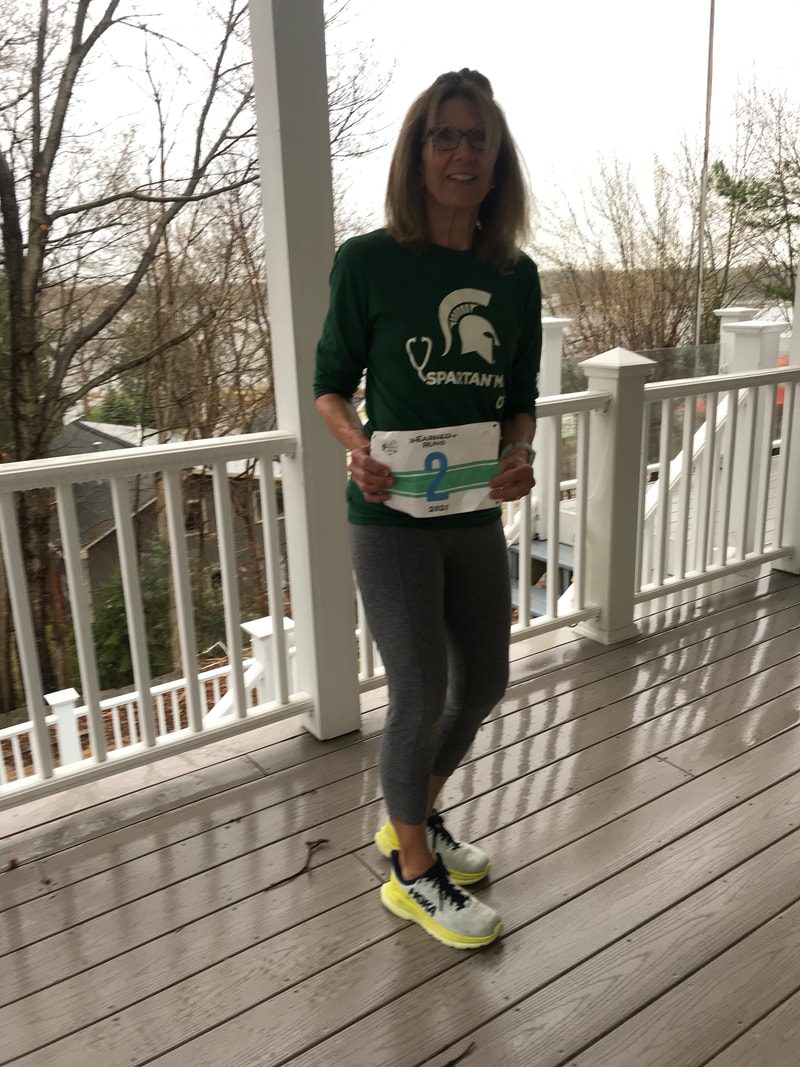BLOG
|
|
NOW THAT WE’VE BEEN QUARANTINED, SOCIALLY DISTANCED, PHYSICALLY ISOLATED, AND GENERALLY PREVENTED FROM ENJOYING the simple routine activities of our modern lives during the coronavirus pandemic, what’s left to do?
Many of us will turn to devices to check for news updates, communicate with friends and family, perform work from home, and for entertainment. That means there’s potential for a lot more sitting time. There’s also the potential for more fitness sessions but the constraints of home exercise will present a challenge. Health cautions in recent years that “sitting is the new smoking” may add anxiety about being relatively inactive for weeks and perhaps months to disquieting feelings about infectious disease. What to do besides standing more? Evolutionary history may provide some answers to this question. It turns out that evolutionary biologists have observed a few behavioral options that, rather than sitting, may have worked to protect certain human populations from industrialized civilization-linked metabolic and cardiovascular diseases. Scientists who examined sedentary inactivity practices in a hunter-gatherer society living in Tanzania, the Hadza, identified postures which they then demonstrated involve a greater amount of muscle work than chair sitting. Like squatting. The study by Dr.David A. Raichlen of the University of Southern California and colleagues from other universities, involved gathering and analyzing data from thigh-worn accelerometers, observations, and electromyographic (EMG) measurements of leg muscle activity. It showed that although this group of people live in a manner closer to hunter-gatherer societies in our evolutionary history, their sedentary non-ambulatory (not walking or standing) time is similar to our own, averaging almost 10 hours a day. Despite total sedentary time being at levels close to that of our own society, linked with an increased risk of cardiovascular disease (CVD), the Hadza did not demonstrate biomarkers of this risk. The study importantly showed that instead of sitting in chairs when not ambulatory, the Hadza achieved active rest in postures requiring more lower leg muscle work, and possibly added effort from trunk muscles too. The abstract of the reported results, available free online from the PubMed (National Library of Medicine), identified squatting as a posture. The full article, “Sitting, Squatting, and the Evolutionary Biology of Human Inactivity”, in the Proceedings of the National Academy of Sciences of the United States of America, which requires a subscription, elaborates. Squatting, as well as assisted squatting, kneeling, and ground sitting were additional non chair-sitting postures observed in this group. Postures were defined by researchers as such:
The authors focused on the sedentary behavior differences between societies but checked levels of daily moderate to vigorous activity too, which were higher in the Hadza than recommendations developed for US adults. There are dietary differences too that cannot be ignored. According to the article, the Hadza who participated in the study live far from villages and survive almost entirely on wild foods, similar to those who follow the current Paleo diet prescription. This study does not represent an equal comparison of urbanized and non-industrialized societies when it comes to assessing reasons for differences in CVD risk. But it does suggest that there may be a way to lessen the detrimental effect of work and leisure time spent in a non-ambulatory positions like sitting on health. And that way might not involve just standing more but rather assuming positions of high-intensity active rest at intervals during the day. Intensity matters, the study authors indicate. EMG data they gathered shows activity generated in some lower leg muscles by squatting and assisted squatting was recorded at 20–40% the level generated by walking. Wow. I’m alternating between kneeling, assisted squatting, and ground sitting as I compose this post. My body will require some time and work before I’m able to spend longer sedentary periods not sitting in a chair. I usually dislike standing while working, but now find it a welcome relief to stand after assuming these postures for mere minutes at a time. The movement it forces me to perform, which is more than that generated while I sit quietly with butt resting on a chair or sofa, at this point may come from regularly transitioning from one cramping posture to another and standing in between! I likely can’t yet achieve the level of leg muscle activation seen in Hadza because I just can’t assume those positions comfortably for long periods. But the overall strategy of trying to mimic them may be more effective than the tactic of setting a timer, often ignored, to move during each hour of Western-style sitting. I loved this study because it looks to evolution to find solutions to chronic medical problems we are told arise exactly because we no longer live like our ancestors. Their ancient, rugged, survival-mode lifestyle’s effect on our genes seems to continue determining our bodies’ responses to modern living, to our detriment. Rather than being at the mercy of our ancestral genetics, and thus metabolism and physiology, it seems more empowering to take this approach to health. For some, attempting to change sedentary position habits to those of non-industrialized societies, like changing nutrition to a Paleo diet, may be something try. If your joints can handle it*. For now I am at least trying to practice what I call “High Intensity Interval Active Rest Posturing” (HIIARP), arranging myself in positions that require greater knee flexion than chair sitting, as well as ground sitting at least some of the time when not standing. RUN & MOVE HAPPY! https://www.ncbi.nlm.nih.gov/pubmed/32152112 https://www.nytimes.com/2019/04/10/well/move/sitting-for-more-than-13-hours-a-day-may-sabotage-the-benefits-of-exercise.html * As is always cautioned, if you are or have been treated for muscle or skeletal issues, check with your health care provider before attempting changes. Updated 3/28/2020
0 Comments
Your comment will be posted after it is approved.
Leave a Reply. |
BRIDGE TO PHYSICAL SELF
Running, walking, and fitness activities enable us to experience our physical selves in a world mostly accessed through use of fingers on a mobile device. AuthorEARNED RUNS is edited and authored by me, runner and founder. In 1978 I began participating in 10K road races before 5Ks were common. I've been a dietitian, practiced and taught clinical pathology, and been involved with research that utilized pathology. I am fascinated with understanding the origins of disease as well as health and longevity. Archives
November 2023
CategoriesNew! Search Box
Earned Runs is now searchable! Check it out...
|


 RSS Feed
RSS Feed